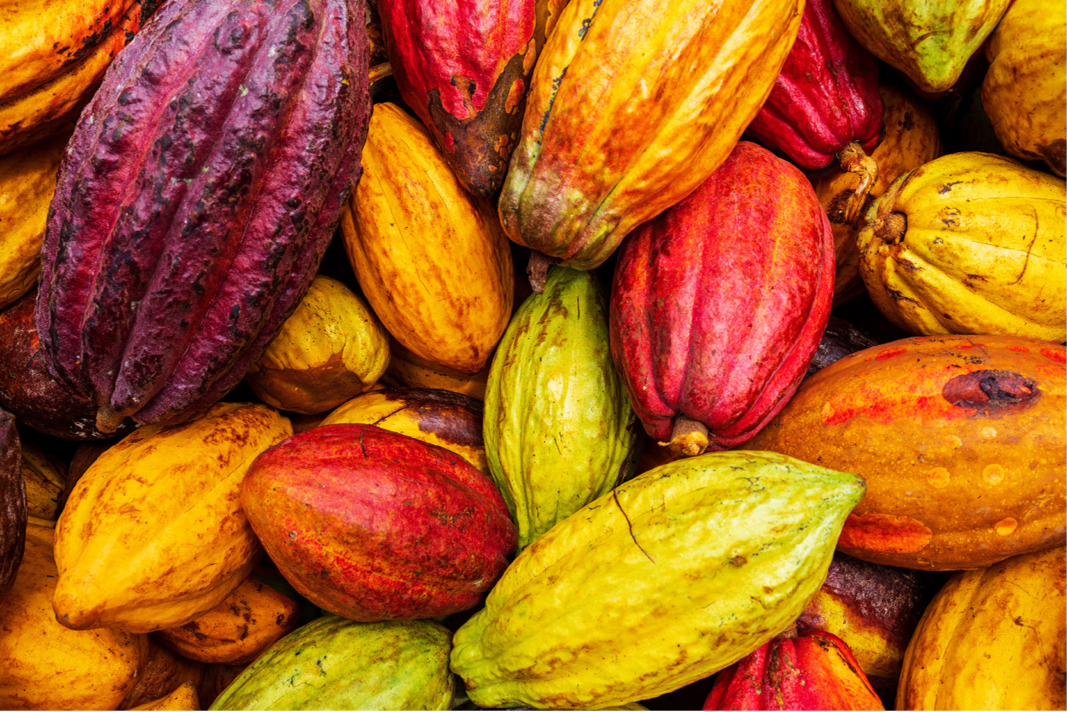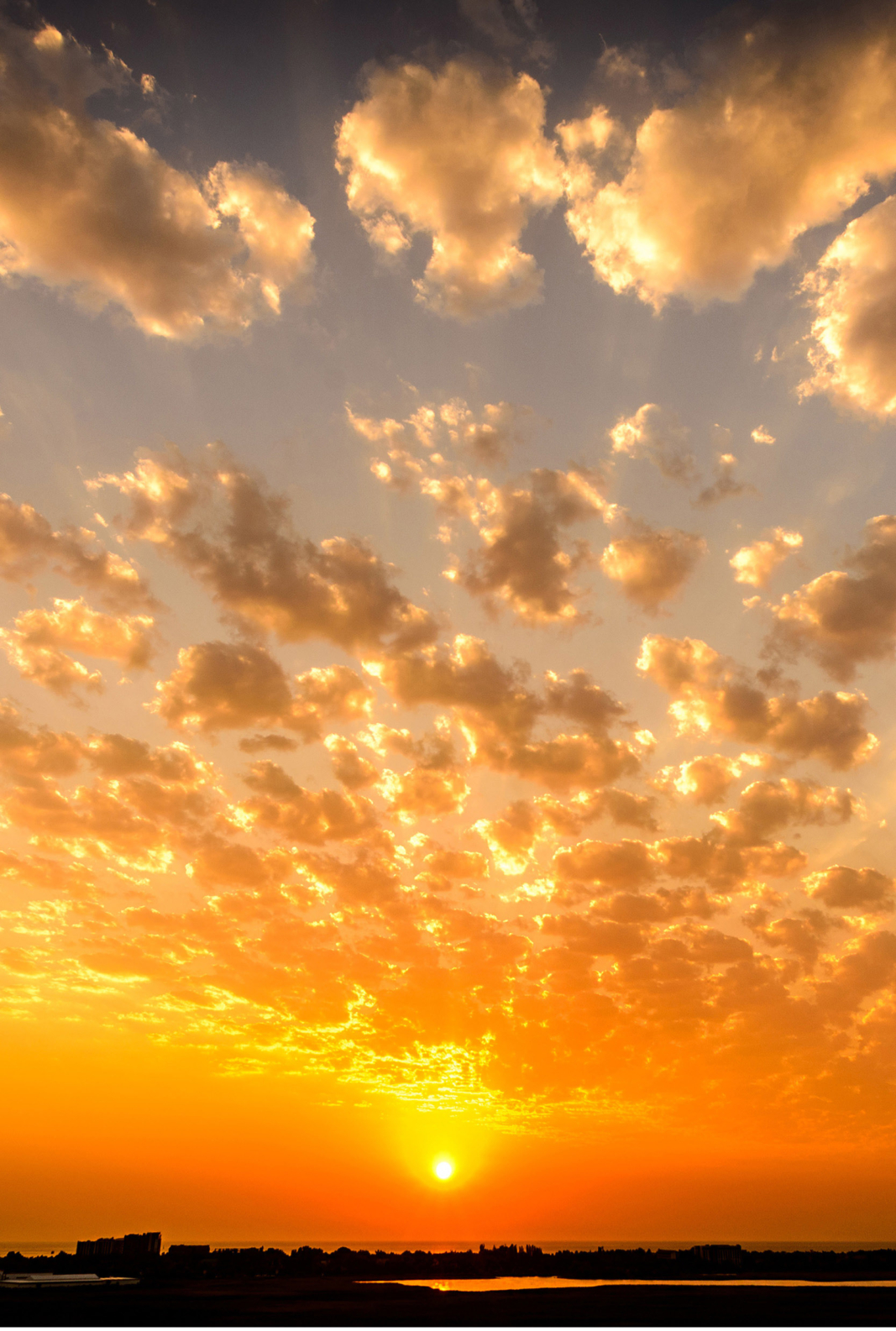Devilish

Oh, man, I’m hungry!!! :)))))))))))))
With summer approaching, Jackie and I are getting more invitations to backyard parties and get togethers. And as tradition has it, we often offer to “bring” something to be shared with the other guests. I’m lucky as Jackie has a whole bunch of fun recipes – appetizers, salads, side dishes and desserts – all of which I try to be discrete in not being the first one to jump in and clean the plate – (those meatballs in sauce on little toothpicks are killer!) In reality, I am actually performing a public service making sure that all the wonderful apps are ok to eat! I have a bunch of favorites, but one dish that’s always on my radar is deviled eggs. I like to quickly scan the food tables and see if they are there. It’s a simple food, and one where I like to try other people’s versions. I can just walk by, pop in my mouth, and move on. And they complement just about everything. So, I did a little digging, found some trivia for you, along with a few recipes. Be sure to send me your favorite, and I’ll give it a try. Enjoy, and thanks to …sugarspunrun.com, natashaskitchen.com, virdrinksbeer.com, and Google search for the info.
- Deviled eggs are a popular appetizer or side dish made with hard-boiled eggs that have been halved and filled with a mixture of the egg yolks and other ingredients such as mayonnaise, mustard, and spices.
- The devilled egg is such an eye-catching name that it’s almost impossible to miss on any restaurant menu or table. It’s neither a dish from hell, nor has it undergone any specific evil rituals, other than boiling in water and being modified with different ingredients that are commonly used by humans. So, rest assured, this is not the devil’s work but rather a sinfully tasty dish that’s also well known by other names such as egg mimosa, Russian eggs.
- Deviled eggs have a long history that can be traced back to ancient Rome. The Romans were known for their love of eggs, and they would often cook them, season them with various spices and sauces, and serve them as appetizers. In the ancient Roman literature “Satyricon” by Petronius, a banquet thrown by a wealthy person included songbirds marinated in peppered egg yolk and stuffed into peasant eggs (not sure I’m anxious to try marinated songbirds??).
- The term “deviled” came into use in the 18th century in England, referring to any spicy or zesty food. It was popularly served as a first course known as gustatio. Different hot sauces today really make them fun to eat!
- Even after the fall of the Roman Empire the stuffed egg recipe stood the test of time and continued to be enjoyed in various ways. In the 1200s a written record from Andalusia, modern-day Spain, mentions a similar recipe, wherein the scooped out yolk is mixed with cilantro, coriander, onion juice, pepper and fish sauce or fermented barley. The stuffing is placed within the hollowed-out egg white halves and is put back together with a stick.
- In Europe, all kinds of stuffed egg recipes gained popularity by the 1400s. Medieval cookbooks also contained various recipes for stuffed eggs. The stuffing used was cheese, herbs, raisins, and flavored oils. Some recipes involved frying the eggs after stuffing. The medieval-style stuffed egg was served cold.
- In Western Europe regions like Germany, France, and the Netherlands the devilled egg preparations usually include tomato and parsley. In Germany cheese, capers and anchovies are used. Hungarian devilled eggs are made by mashing the yolk with white bread that is soaked in milk. In Sweden, sour cream, chives, onion, caviar, and pickled herring are also used.
- The deviled egg recipes started appearing in American cookbooks in the mid-1800s. In 1786, “deviled” was a British term that was used to refer to fried, boiled, or highly seasoned hot and spicy ingredients or food items that were boiled or fried. In the 1800s Americans borrowed the term to refer to spicy food. Since then, the term deviled egg was used for the spicy stuffed eggs and the name stuck.
- Sonya Thomas is the record holder for eating 65 hard Boiled Eggs in 6 minutes and 40 seconds. (impressive but not a good behavior at parties).
- Deviled eggs are relatively nutritious, as they are a good source of protein, healthy fats, and essential vitamins and minerals. Eggs are protein-packed and contain all vitamins except vitamin C.
- The largest deviled egg ever made weighed approximately 1,000 pounds (454 kilograms). It was created in 2015 at the World Egg Expo in Raleigh, North Carolina, USA.
- Celebrated annually on 2nd November, the National Deviled Egg Day is an unofficial holiday. Be it family reunions, parties, or potluck, the devilled egg is always invited.
Here are some fun recipes:
Click here
Click here
And click here
::::::::::::::::::::::::::::::::::::::::::::::::::::::::::::::::::::::::::::::::::::::::::
DO YOU LIKE CONTESTS?
Me, too.
As you may know the Kowalski Heat Treating logo finds its way
into the visuals of my Friday posts.
I. Love. My. Logo.
One week there could be three logos.
The next week there could be 15 logos.
And sometimes the logo is very small or just a partial logo showing.
But there are always logos in some of the pictures.
So, I challenge you, my beloved readers, to count them and send me a
quick email with the total number of logos in the Friday post.
On the following Tuesday I’ll pick a winner from the correct answers
and send that lucky person some great KHT swag.
So, start counting and good luck!
Oh, and the logos at the very top header don’t count.
Got it? Good. :-))))
Have fun!!
::::::::::::::::::::::::::::::::::::::::::::::::::::::::::::::::::::::::::::::::::::::::::













